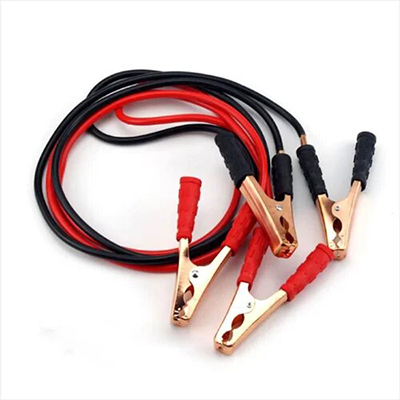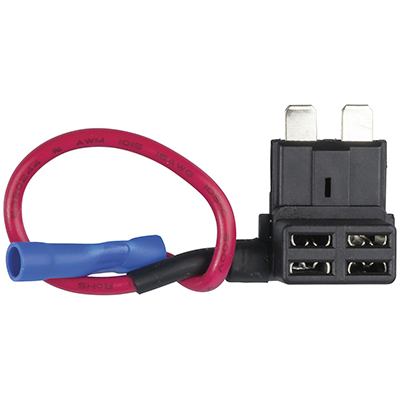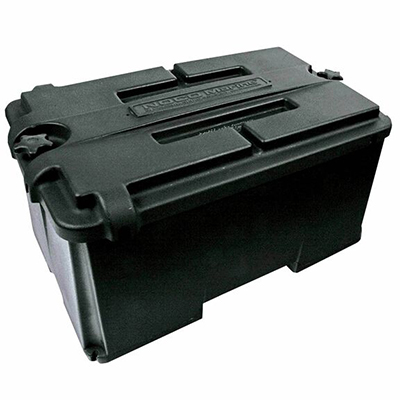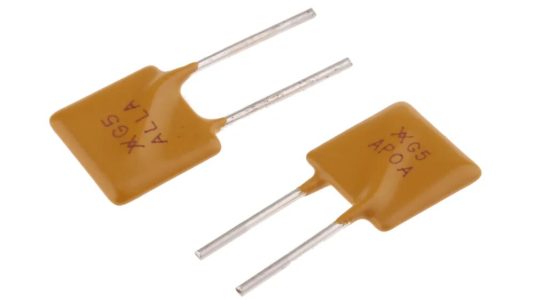The Role of Wire Harnesses in Managing Fan and Temperature Sensor Operations in Automotive Air Conditioning Systems
News 2025-10-24
Wire harnesses are critical components in automotive air conditioning systems, serving as organized bundles of wires and connectors that facilitate the control of fans and temperature sensors. These assemblies ensure efficient electrical signal transmission, enabling precise regulation of cabin temperature and airflow. In modern vehicles, wire harnesses integrate with electronic control units (ECUs) to support features like automatic climate control, enhancing driver comfort and safety. By reducing complexity in wiring layouts, they minimize potential points of failure and support the integration of advanced technologies such as hybrid and electric vehicle systems.

Application Scenarios
Wire harnesses find extensive use in various automotive air conditioning setups, particularly in scenarios demanding reliable performance under diverse conditions. For instance, in electric vehicles, they manage high-voltage connections for cooling fans that prevent battery overheating, ensuring optimal operation during long drives. In traditional combustion engine cars, these harnesses handle sensor data in extreme temperatures, such as desert heat or arctic cold, where accurate fan speed adjustments are vital for maintaining cabin comfort. Additionally, in luxury models, wire harnesses support multi-zone climate control, allowing independent temperature settings for different seats, which improves user experience in shared vehicles.
Performance Advantages
Wire harnesses offer significant benefits in automotive air conditioning by providing robust protection and efficient connectivity for fans and sensors. Their design reduces electromagnetic interference, ensuring accurate temperature readings and smooth fan operations, which is crucial for energy efficiency and reduced emissions. Constructed with durable materials like heat-resistant insulation and corrosion-proof connectors, they withstand harsh under-hood environments, extending system lifespan. Moreover, by consolidating wires into a single assembly, they simplify installation and maintenance, lowering manufacturing costs and improving reliability in high-mileage applications.
Frequently Asked Questions
1. What is the primary function of a wire harness in AC systems?
It bundles and protects wires to transmit signals for controlling fans and sensors, ensuring coordinated operation of the air conditioning unit.
2. How do wire harnesses enhance system durability?
They use specialized materials that resist heat, vibration, and moisture, reducing wear and preventing electrical failures over time.
3. What role do they play in energy efficiency?
By enabling precise control of components, wire harnesses help optimize power usage, lowering energy consumption in both conventional and electric vehicles.


